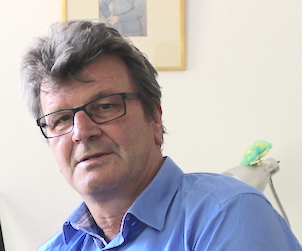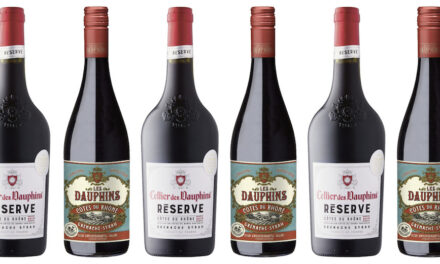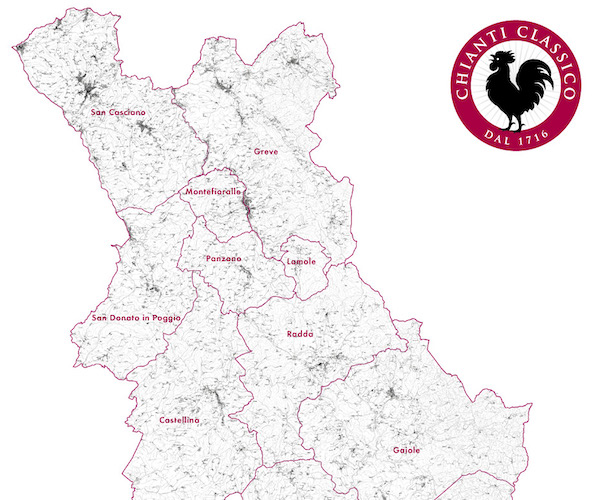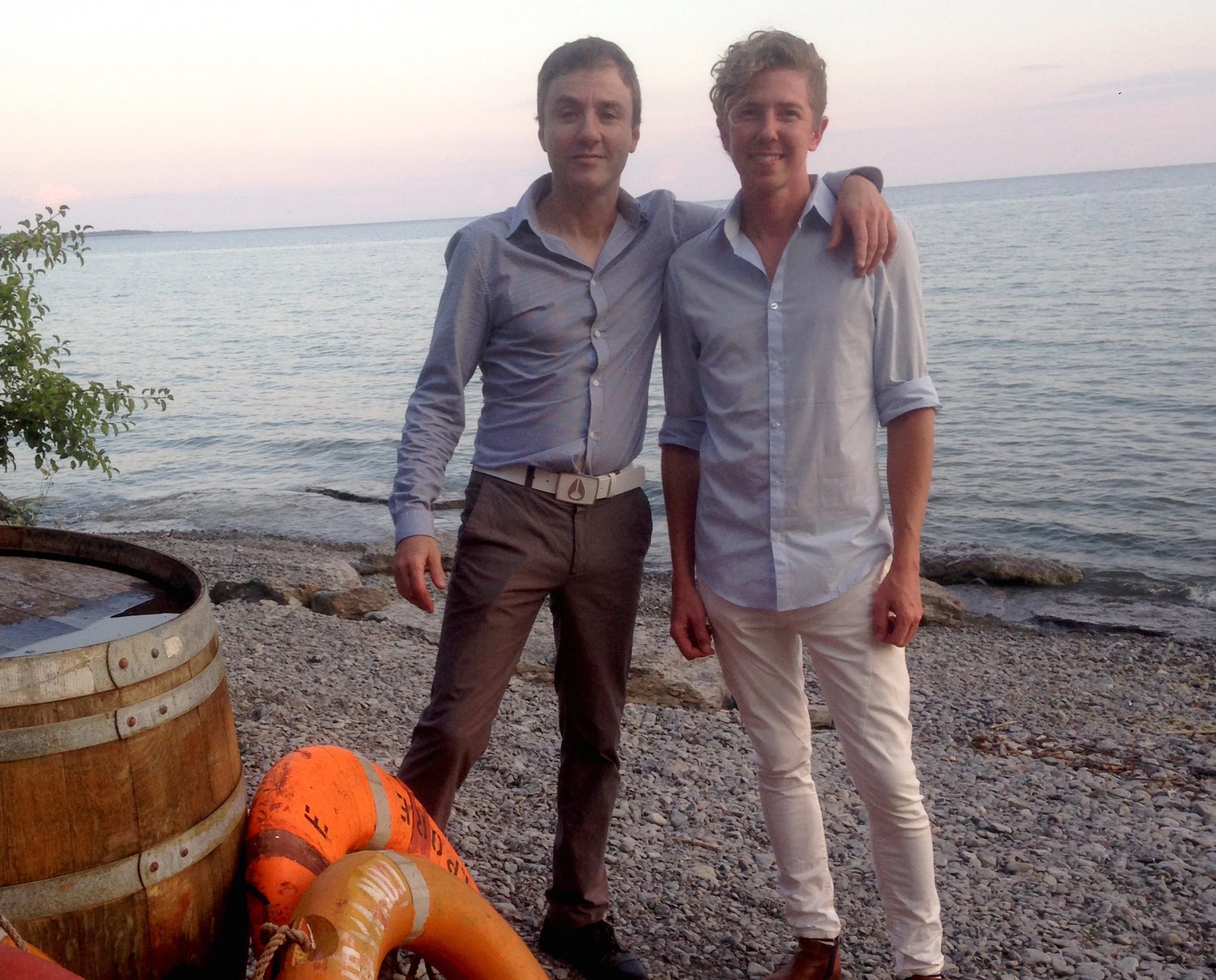Malcolm Jolley talks to Kim Crawford about his Loveblock wines.
In June, Jamie interviewed New Zealand viticulturalist Erica Crawford for this GFR post on her non-interventionist philosophy in the organic vineyards she manages and own with her wine making husband, Kim. Yes, that Kim Crawford, whose name has been printed on millions of wine bottles, but now concentrates on his and Erica’s true labour of love, the aptly named, Loveblock.
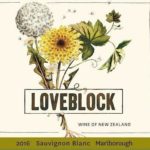 Mr. Crawford was in Toronto recently, attending to business with Loveblock’s Ontario wine agency, The Vine. He, and The Vine’s Alex Gaunt, dropped by last Wednesday with a bottle of his 2016 Loveblock Sauvignon Blanc from Marlborough, a bottle of his 2014 Loveblock ‘Someone’s Darling Vineyard’ Pinot Noir from Central Otago, and a few stories to tell.
Mr. Crawford was in Toronto recently, attending to business with Loveblock’s Ontario wine agency, The Vine. He, and The Vine’s Alex Gaunt, dropped by last Wednesday with a bottle of his 2016 Loveblock Sauvignon Blanc from Marlborough, a bottle of his 2014 Loveblock ‘Someone’s Darling Vineyard’ Pinot Noir from Central Otago, and a few stories to tell.
As is often the case when an entrepreneur sells his company to another business, Kim Crawford agreed not to compete with, nor talk about, the winery he sold to Vincor in 2003, for many years. The habit stuck, and when I asked him if he was sick of being asked about the wine that still bears his name. He grunted in the affirmative. But then he smiled and indulged a few questions about his past and how he got to where he is.
Kim Crawford describes his career arc as very lucky. When he returned to New Zealand after working vintages around the world he managed to get a winemaker’s job quickly at Cooper’s Creek. A few side jobs consulting, gave him the extra cash to launch his own label, and he explained the timing was perfect: “I knew that 1995 was the worst vintage in New Zealand history. So, if we managed to get something decent out in 1996, we do well with all the crap in the market.” Then, when he needed a US distributor, he found one who also distributed Hogue Cellars, which meant they had national distribution right away. When Vincor (now Constellation Brands) purchased Hogue, they approached Crawford. Vincor distributed their own products exclusively, but their reps liked Kim Crawfords wine and felt like having it their portfolio helped sell the other brands. So they made a deal and eventually bought Crawford out.
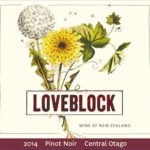 The sale to Vincor injected badly needed cash, and Crawford said that in four years his winery went from making 100,000 cases to 500,000. Crawford explained, “People ask why did we sell? Well, the demand was for 200,000 cases , but we only made 100,000 the year before, so I had to find $5,000,000 from somewhere and it just wasn’t there. I would have to go to private equity or something like that, and I didn’t want to have to be answering to ten people. It’s easier to just answer to one.”
The sale to Vincor injected badly needed cash, and Crawford said that in four years his winery went from making 100,000 cases to 500,000. Crawford explained, “People ask why did we sell? Well, the demand was for 200,000 cases , but we only made 100,000 the year before, so I had to find $5,000,000 from somewhere and it just wasn’t there. I would have to go to private equity or something like that, and I didn’t want to have to be answering to ten people. It’s easier to just answer to one.”
I asked him how many cases he made now at Loveblock and he explained that although their maximum capacity is 75,000 cases, the Crawfords have kept production to 35,000. He said, “75,000 is a good number for me because I can still keep my hands on it. Once you get over 100,000 it gets a bit hard.”
I asked him what was more difficult, making 500,000 cases of wine or 35,000? He repeated his preference for 35,000 “because you can still keep your hand on it,” and then went on to explain “at 500,000 cases we had a very good, very skilled operation, but you’re still relying on other people to make decision for you. And, at the 500,000 cases level, you’re sitting in front of a computer all the time. I like being out in the field.”
During what Crawford describes as their “constraint” period after the sale of the first winery, when they couldn’t compete against the wine that bears his name, he and Erica bought the Loveblock property in Marlborough. They couldn’t make wine, but they could grow grapes as long as they sold it to, or gave right of first refusal to, Vincor. (They were released from these contracts in 2008, after Constellation Brands bought Vincor.)
During that time Crawfords concentrated on converting the existing the Loveblock vineyards to organic, and planting new vines. The Crawfords’ holding are 350 acres in Marlborough, and just 20 acres in Central Otago, where they grow Pinot Noir. They began making and selling their own, Loveblock Wines, in 2012.
It was time to taste the wines, so as we poured the 2016 Sauvignon Blanc, I asked Crawford about his winemaking philosophy. He laughed and explained, “I get told what kind of style of wine to make, and I make it for Erica. It’s simple. She said, ‘No gooseberry bomb in there, so there’s no gooseberry bomb in there.”
Indeed, the Sauvignon had no gooseberry explosives, though it was full of fruit, especially passion fruit, and herbal notes and sat pleasantly and roundly on the palate. It was definitely Marlborough, New Zealand Sauvignon Blanc, but in a kind of elevated and refined state. Priced at about $20 a bottle, it was no wonder that Gaunt said The Vine’s biggest problem selling Loveblock Sauvignon is that it’s hard to keep in stock. It’s moreish and it’s easy to see how one glass ordered at lunch could easily become two.
Then we tried the 2014 Pinot Noir from the Crawfords’ small holding further south in Central Otago, priced at around $35. It was on the bigger side of Pinot’s with strong cherry notes and fine but present tannins. Going over my notes, I see I underlined the word ‘balance’: Crawford’s Pinot has a declared alcohol of 13.5%, but you would never know it, and the wine showed lift and brightness but also depth. It confused me a little, in the best possible way.

